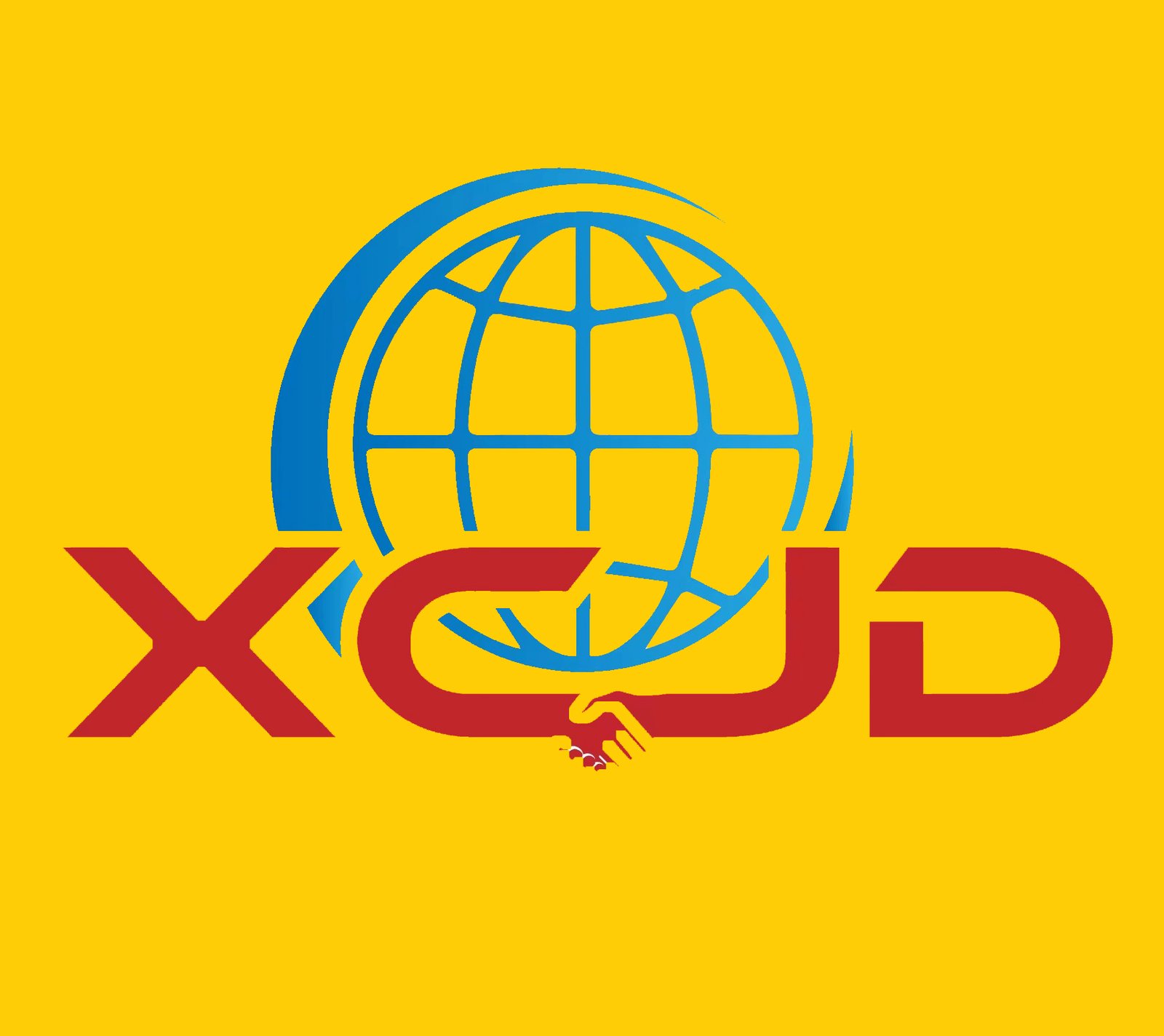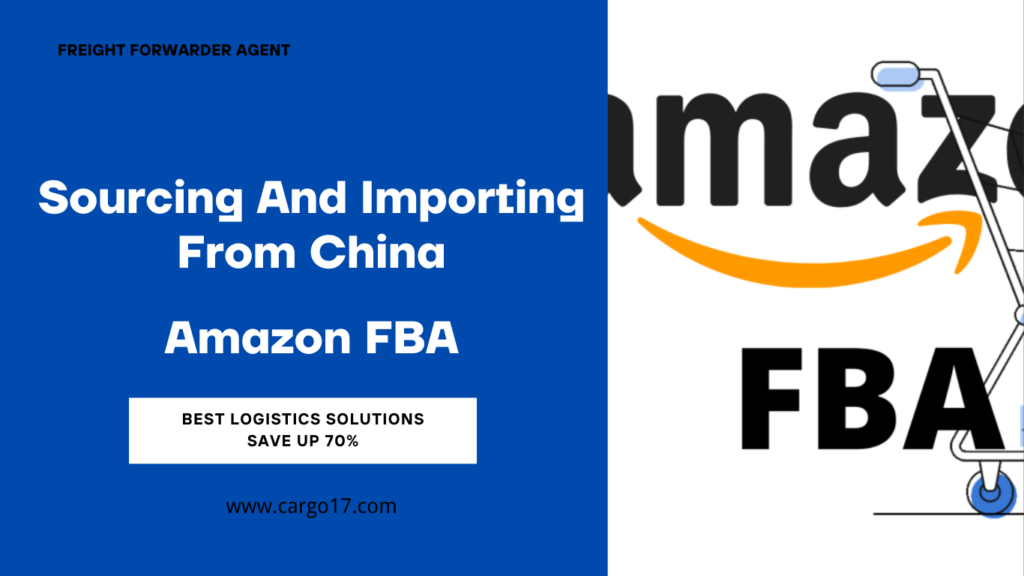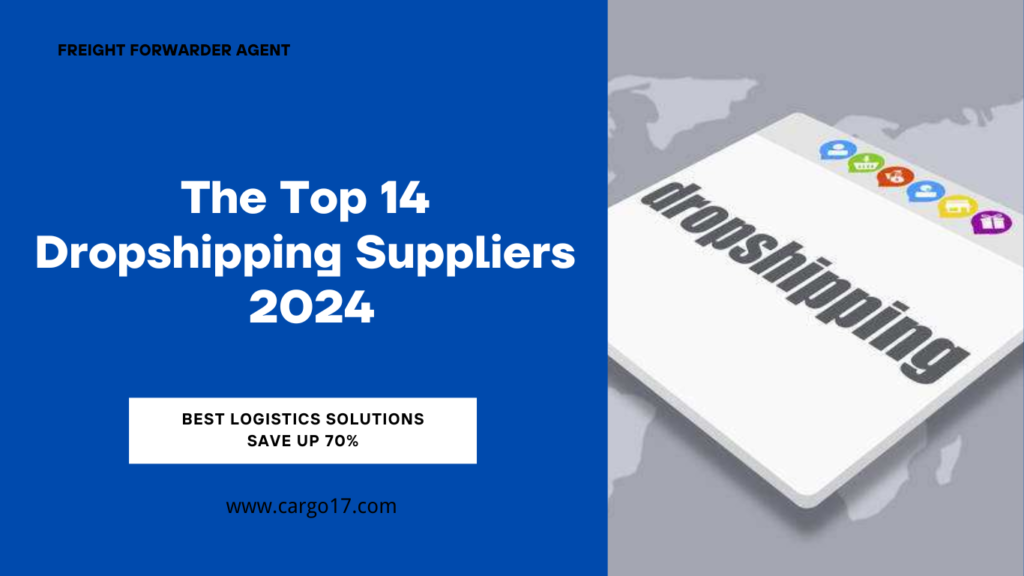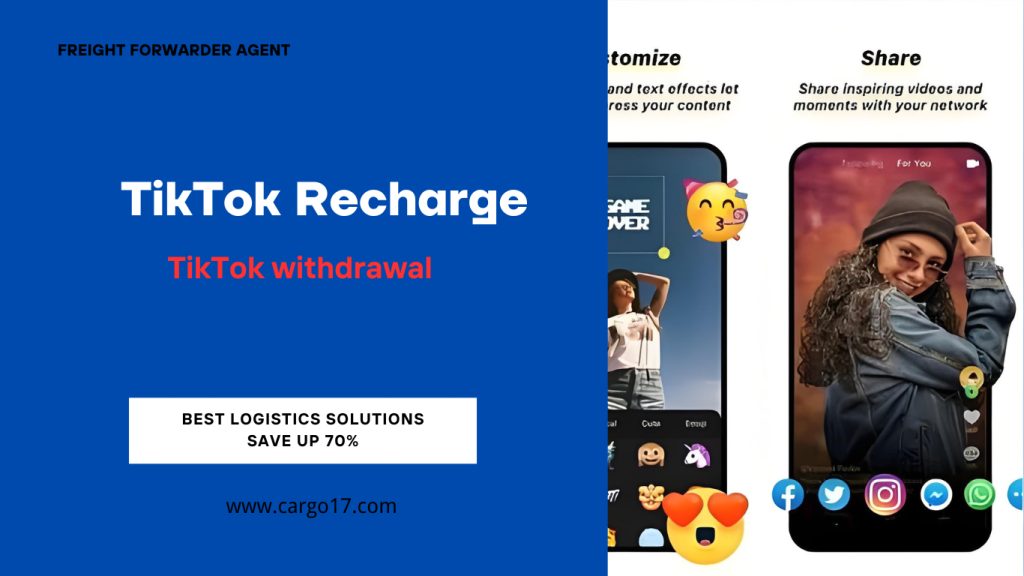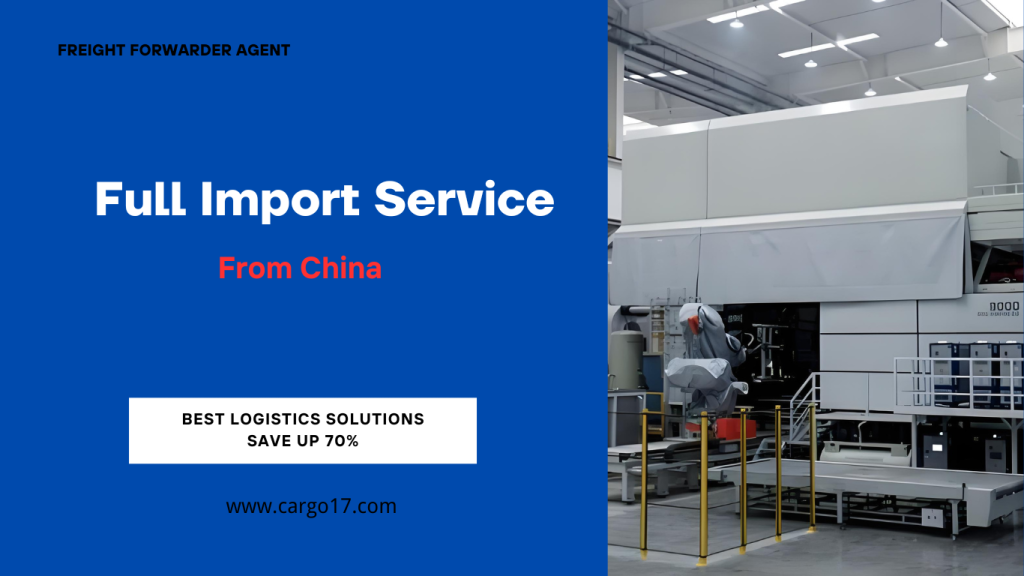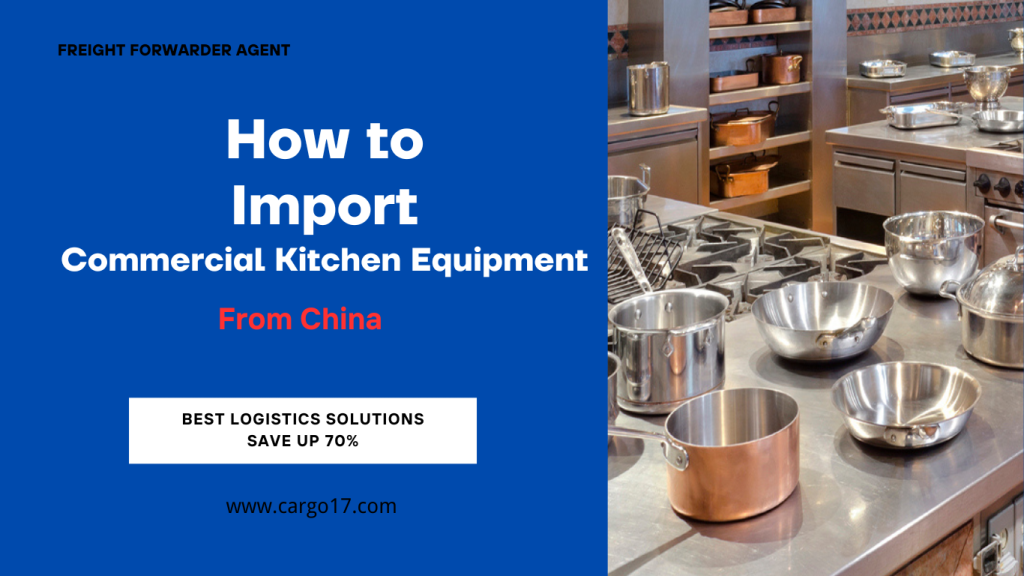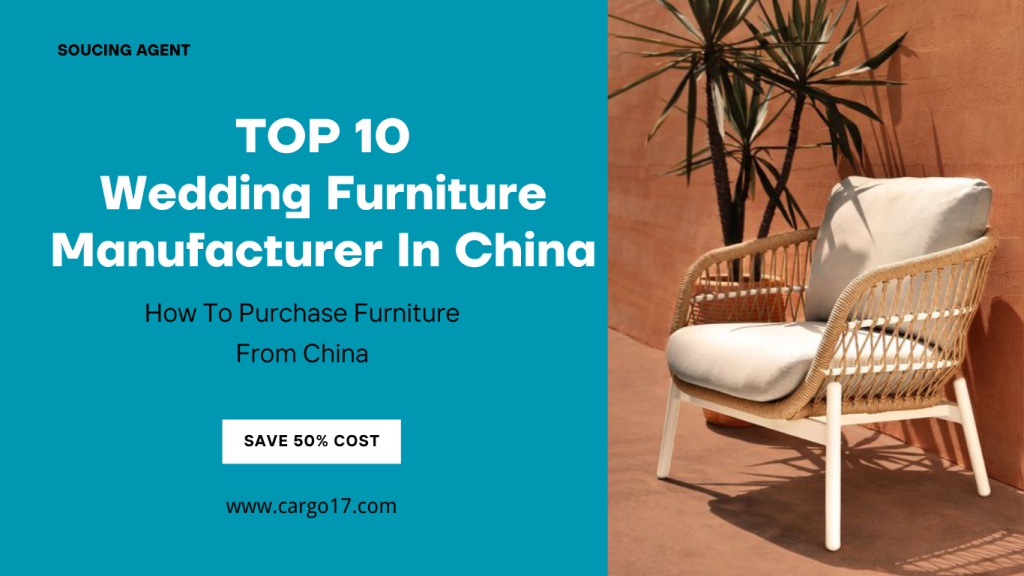FCL vs LCL
When shipping by sea, you can fill a container with your own goods (FCL) or share a container (LCL). But which one is right for you? Today we look at FCL and LCL shipping to help you identify the best method for you and your business.
What Are The Different Shipping Methods?
Shipped from China by sea, goods are loaded into containers and stored on ships for transport. LCL and FCL are two ways of shipping goods. The best method to use depends largely on the size and quantity of the product you are importing. LCL allows you to import smaller quantities because the goods are in a shared container, while FCL allows you to import larger quantities because the goods are in their own containers.
What is LCL?
LCL (less than container load) is a method of consolidating multiple shipments into a shared container. This means that companies looking to import smaller amounts of inventory can pay for the space they use in the container instead of renting the entire container. Since you only pay for this small space, it will be more economical if you ship small quantities (0.5 cbm and 100 kg or more).
What is FCL?
Full Container Load (FCL) is the charge for using the entire container, rather than paying for parts of the container. When you ship using FCL, there is a fixed price per container and you have access to all container spaces. If you plan to ship more than 20 cbm, FCL is the best method and your supplier is the only person who does it. Touch the goods (except in the case of inspections).
FCL vs LCL
LCL vs FCL Shipping
Which Method Is Right For Me?
When talking about LCL and FCL, it is not as simple as “pros and cons” because there is no better method. It depends on what best suits your needs. Often the size and scope of your delivery will determine which delivery you should use. However, each method has advantages and disadvantages to help you decide which is best for your situation.
Cost
FCL IS CHEAPER PER CBM
When you ship on FCL, you pay a flat fee for the use of the entire container as opposed to paying for the amount of space that you use. The cost per cbm (cubic metre) is cheaper than the cost per cbm on LCL if you utilize the space efficiently.
LCL IS A CHEAPER WHEN SHIPPING SMALL VOLUMES
Although more expensive per cubic metre, considering that most LCL shipments start from 0.5 cbm (out of 25-28 cbm space in a container) it’s by far more cost-efficient for smaller shipments as you only pay for the volume you’re using in the container.
Ordering/Stock Control
LCL IS VERY FLEXIBLE
If you do not fill your container when importing with FCL, you are directly responsible for the cost of fresh air shipping. This can be limited if you want to ship a little less or a little more than the capacity of the container you selected. LCL shipping allows you to bring smaller items. This is perfect for startups and companies that don’t need to import large quantities of products.
ON FCL, SPECIFIC VOLUMES ARE REQUIRED
With FCL, you need to send some measurements to make your business successful. As a small business or startup, it may not be possible to get many items.
Loading Goods
WITH FCL, ONLY YOU AND YOUR SUPPLIER TOUCH THE GOODS, REDUCING THE CHANCE OF DAMAGE
The supplier loads an FCL shipment into a container, the container is sealed, and (unless conditions prevent shipment) the container is delivered sealed. This greatly reduces the risk of your product being damaged during shipping. So if you have a lot of fragile items and aren’t sure which method to use, it might be worth paying less for a full container. LCL shipments are usually made. They are loaded onto vehicles at the factory, loaded at the port warehouse, and loaded into shared bins.
Delivery
LCL OFFERS CONVENIENT DELIVERY OPTIONS
Another difference between LCL and FCL is the way that your goods will be delivered to you.
If you import using FCL shipping, your goods will be shipped in a container attached to the back of the larger truck. Containers cannot be sent to the ground for unpacking (unless a private truck costs more), so it will take you 3 hours to remove your items from the container (6 feet above the country) before you leave. As a result, you will need a pair of hands and a forklift/pump to help. However, LCL shipments are shipped on the back of a truck (usually on pallets).
This makes removal easier, and if your delivery location is limited, you can request a smaller truck for delivery. If you don’t have a fork or prefer to unpack by hand, order a lifting platform and leave your belongings on the floor. As long as the driver believes you are strong, there are times when the charge will be removed. simple
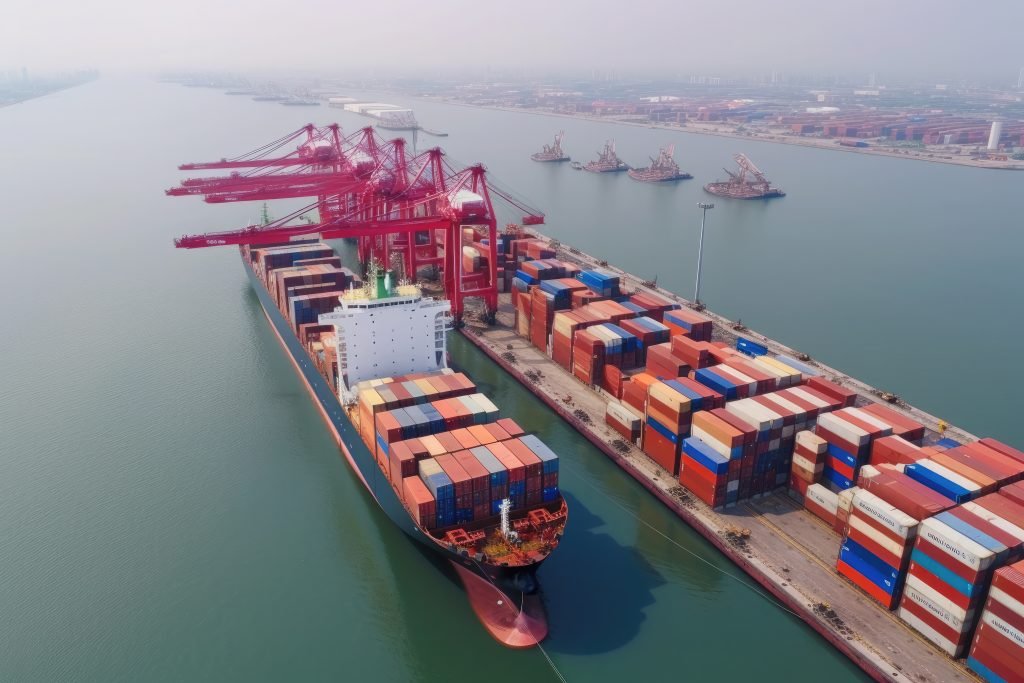
DIFFERENT TRUCK TYPES – RESTRICTED ACCESS & TAIL-LIFTS
As mentioned above, LCL shipping means (depending on the size of your shipment) that you have choices about the type of truck you ship your goods to. This is especially useful for people in tight spaces that cannot be accessed by large trucks. They can order a smaller truck. You can also request a tailgate to help you get your items. FCL shipping is expensive if you have special shipping requirements, need to ship your goods domestically, or need a smaller vehicle.
Your container must be unloaded at a UK port before it can be sent to the correct vessel. FCL shipments are shipped one at a time via containers on the back of trucks. If it’s too big for you, or a big truck won’t fit in your driveway, etc. . . Well, you’re out of luck! While LCL shipping is convenient, FCL shipping is more expensive (because it involves containers) and requires a larger truck.
LABOUR INTENSIVE UNLOADING
We have already discussed how FCL shipments are less available for physical vehicles, but the shipping process is much more efficient. It basically works like this: there is a big container on a big truck. That’s it. From there, it’s up to you (and the villains you’ve recruited to help you) to put things down and unravel them.
Transit Time
FCL IS A FEW DAYS QUICKER THAN LCL
Transit time on FCL shipments is usually a few days faster than LCL due to the process that LCL shipments go through. Because LCL shipments combine multiple people’s goods, there are additional steps in the process on both sides where the goods need to be loaded and unloaded. If you’re on a strict timeline, this could add additional time onto the process – however, if you really are strapped for time, it may be worth trying air freight, for at least some of your goods – then you have the option of the rest being shipped by LCL or FCL.
Amazon Deliveries
LCL SHIPMENTS ARE EASY TO DELIVER STRAIGHT TO AMAZON, BUT FCL SHIPMENTS ARE DIFFICULT TO IMPORT STRAIGHT TO FBA
When you ship via LCL, shipments directly to Amazon are fairly straightforward for us to arrange with a bit of planning. In fact, we organise these with ease on a daily basis for customers!
When you ship a full container, it’s more difficult to deliver to Amazon FBA. Amazon doesn’t accept full containers so we would need to unpack the container, label, palletise and arrange the delivery of your goods to Amazon. If these standards are not met then this could lead to the goods being rejected and a lot of extra costs to re-deliver.
To conclude, the answer to this entirely depends on the size of your shipment and what will be most efficient for you. If your goods are less than around 20cbm we’d suggest using LCL shipping, unless your goods are fragile or you have special delivery requirements.
